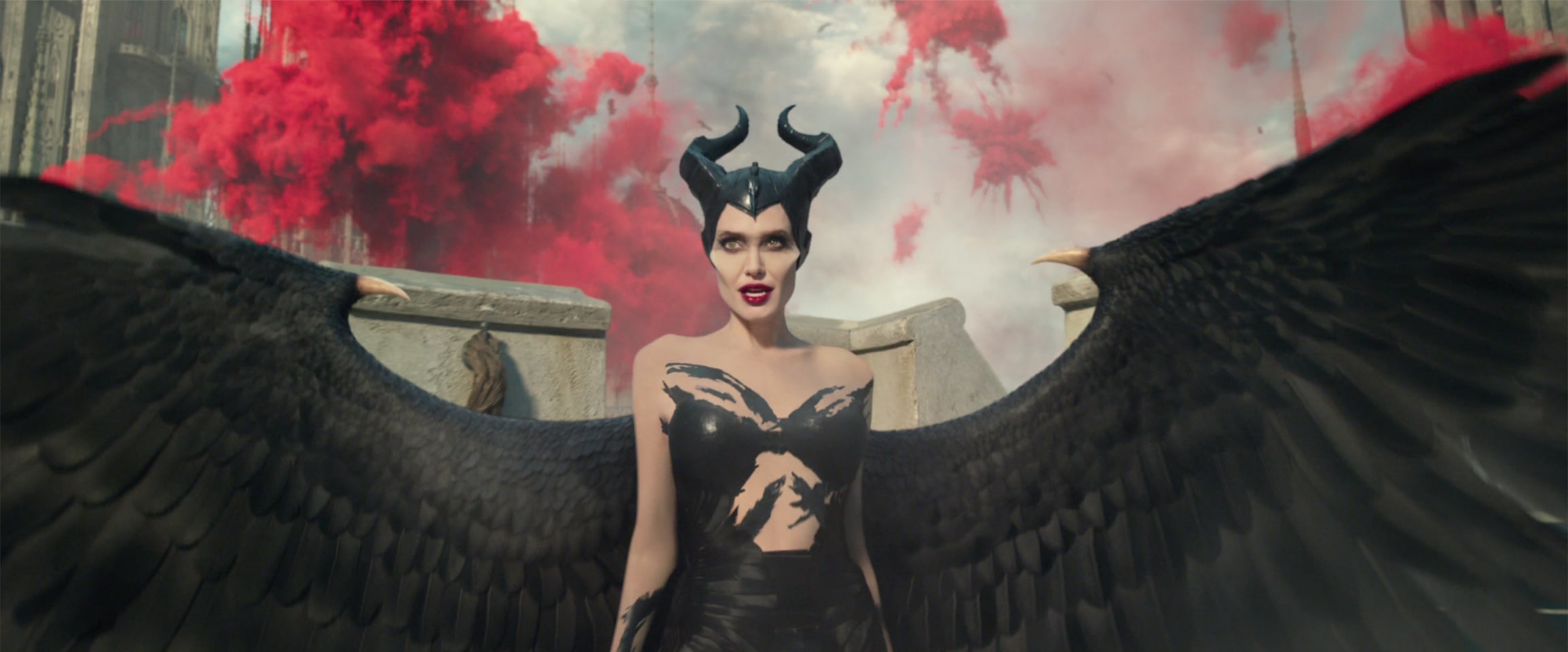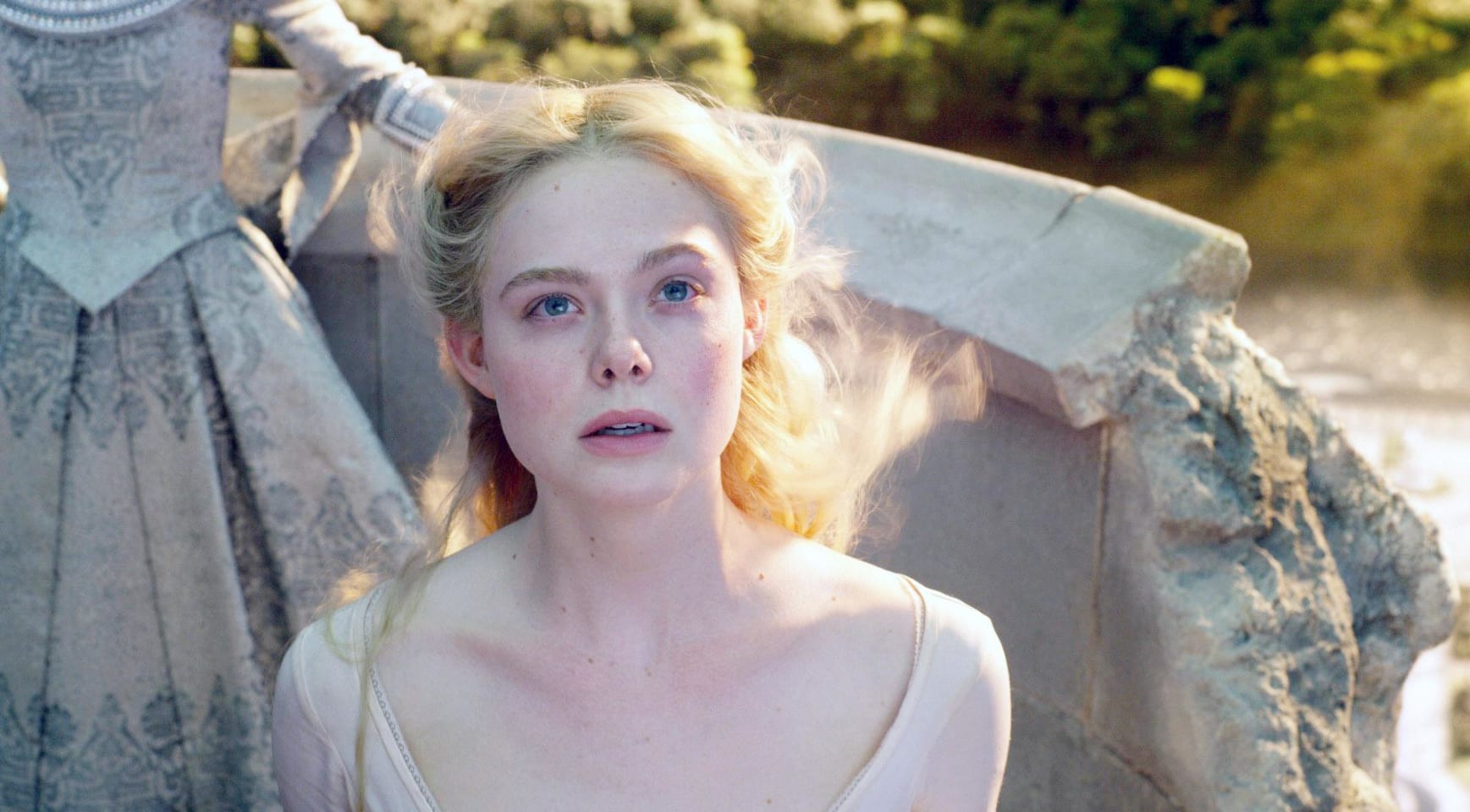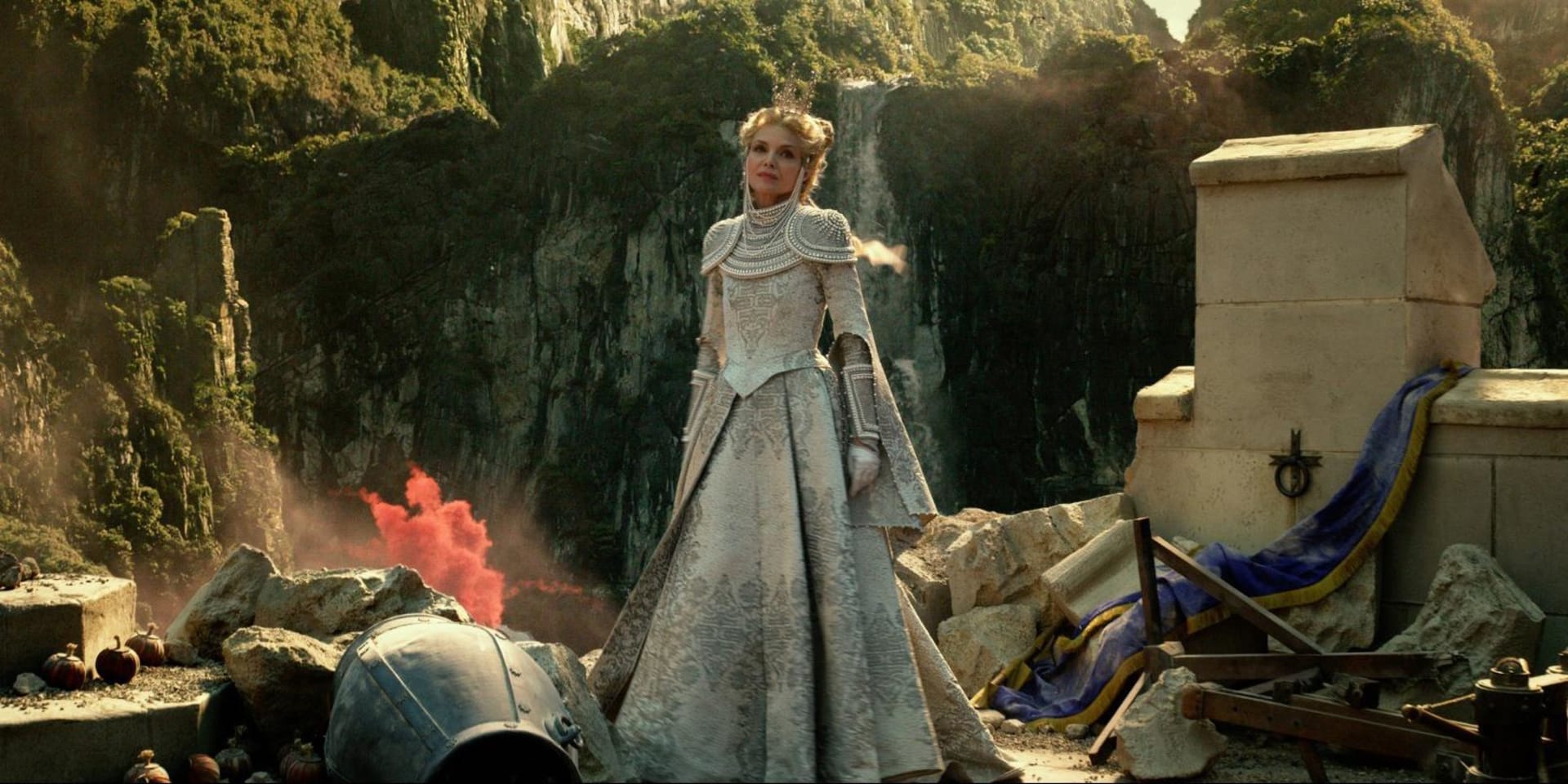Five years ago, Disney’s Maleficent was a surprise hit, raking in almost $70 million domestically on its way to an impressive global box office haul of $758.5 million. While the sequel is tracking a bit lower for its opening weekend than the original, it’s worth noting the first performed far above expectations – can Maleficent: Mistress of Evil do the same? Disney certainly hopes so.
In this sequel, Maleficent (Angelina Jolie) and Aurora (Elle Fanning) are living in relative happiness. Aurora is officially Queen of the Moors and rules the tranquil kingdom kindly and fairly. But when Prince Phillip (Harris Dickinson) asks Aurora to marry him, all of Maleficent’s fears of losing her adopted daughter come to the surface. King John (Robert Lindsay) extends a friendly dinner invitation to his soon-to-be daughter-in-law and Maleficent, wanting only peace between his kingdom and the Moors. But unknown to all, Queen Ingrith (Michelle Pfeiffer) has plans to enslave and kill the magical creatures of the Moors.
When Maleficent discovers other Dark Fae like her, she realizes she’s not alone – but she’s torn between unleashing her inner darkness and vengeance on the human race and holding onto her humanity through her love of Aurora.
The Maleficent movies are the only ones based on Disney classic animated movies to have (mostly) original scripts. To those who have complained that Disney’s live-action remakes are nothing more than uninspired cash grabs, originality should mean something. So will it? Here are three reasons why it’s definitely worth checking out Maleficent: Mistress of Evil when it hits theaters.
1. The Final Battle Scene Is ‘Game Of Thrones’-Level Epic

In the first movie, the final battle was largely one-on-one, a showdown between Maleficent and her betrayer, King Stefan. As with all tentpole sequels, the action in Mistress of Evil was inevitably cranked up to 11, and in this case, beyond. The final battle is breathtaking, a battle royale between the Dark Fae and Ingrid’s forces, with plenty of personal action from characters and the creatures of the Moors in between the main fighting. Director Joachim Rønning has only one Hollywood feature under his belt (his previous features were foreign films) in Pirates of the Caribbean: Dead Men Tell no Tales, but his eye for action and visual sequences are clearly honed.
In the final battle sequence, perfectly manicured, emerald green gardens and hedges provide the backdrop for war. Dizzying aerial shots from Dark Faes’ POV meet wide-angle spreads of the battlefield, still bright and beautiful in all the chaos. Canon fire and arrows fly, magical bombs explode in the air, and winged fighters swoop and spiral with fighter jet precision amongst the chaos. Meanwhile, Aurora and the magical creatures of the Moors have their own agenda, but nonetheless provide some of the more visually stunning moments despite not being part of the main battle. In an era of grimdark and gritty action sequences, there has never been a fight more beautiful.
2. It Stars Three Wildly Different, Equally Strong Female Characters

The Maleficent movies have something rarely depicted on the big screen, let alone Disney movies in which moms always seem to be missing or dead: The relationship between a mother and daughter. Maleficent and Aurora have a loving but fraught relationship that does a better job of exploring the push-pull dynamic of a mother and maturing daughter than most movies. As Maleficent, Jolie does an incredible job of conveying the tightly-bound fear of a mother who is terrified of losing her little girl to the sharp teeth of the world. The Mistress of Evil’s prickles and sharp thorns hide her sensitive heart; she is torn between wanting to protect Aurora and realizing she needs to let her grow. The movie may be about humans and fairy folk fighting, but it’s really about a mother learning how to let go of her little girl.
As Aurora, Fanning is a lovely balance between girl and woman; over the course of two movies she has grown up. In Mistress of Evil, she fully comes into her own strength – not the dark power of her adoptive mother, nor the aggressive strength of men, but her own feminine sort of resilience and the inner strength of a good, unwavering heart. Aurora may look like a delicate flower full of light, but there is inner steel in her that bends but does not break. In the first movie, we saw her grow from little girl to princess. In the sequel, she steps into her future role of a young queen and does it admirably.
And then there’s Queen Ingrith. If Aurora is good, and Maleficent is a good that struggles against her inner darkness, then Ingrith is a woman who has given over to her inner darkness completely. Pfeiffer has had a number of wicked roles throughout her career, and she leans into Ingrith’s evil with delicious glee. The movie does attempt to give her a sympathetic backstory to explain her motivations, but she still chooses a path of vengeance that only serves to underscore what she is: A woman willing to sacrifice her own husband and her own son’s happiness in order to complete her master plan. She may not be likable, but she is formidable, and that’s worth something.
3. The Costumes And Production Design

Did I mention this movie is visually stunning? Because this movie is visually stunning. Despite having already seen it in the first movie, the technicolor, enchanted land of the Moors is still a wonder to behold. Glittering pixies burst from trees in a riot of color, tree warriors transform into vines and leaves, tiny creatures frolick and gambol.
But the Moors are not the only wilds the movie visits. The heart of the Dark Fae’s kingdom, the last bastion of their race, also features prominently in the movie. The settings and scenery within are as diverse and uniquely-formed as the dozen types of Fae. Desert Fae with earthy, brown tones and cracked skin resembling the dried mud of a hard-packed desert floor. Colorful jungle Fae with the jewel-toned wings of parrots. Pale Fae with bone-white feathers and silver hair. And, yes, sleek Dark Fae with their raven-black wings and elegant lines. It’s almost hard to know where to look thanks to Patrick Tatopoulos’ rich worldbuilding in the production design.
Costume designer Ellen Mirojnick also gets credit for designing some of the most exquisitely-wrought gowns of recent memory. Each lady lead has her own distinct style. Queen Ingrith’s royal apparel drips with pearls and encrusted jewels, heavy brocade and metallic threads. Maleficent is raw and primal, bones and feathers, leather and spikes, a true witch of the wild. And Aurora is the flower child, her wispy gossamer dresses and flowing chiffon reflecting the lightness and purity of her character. The costumes alone tell you exactly who these women are before they even speak a word.
Is Maleficent: Mistress of Evil the best movie of the year? No, not even close. But it might be the most gorgeous. Add that to the sort of mother-daughter relationship that doesn’t get explored nearly enough on the big screen, in a movie that gives three talented women three distinct and fleshed-out roles and it’s well worth seeing in theaters.
Maleficent: Mistress of Evil hits theaters on October 18th.
















